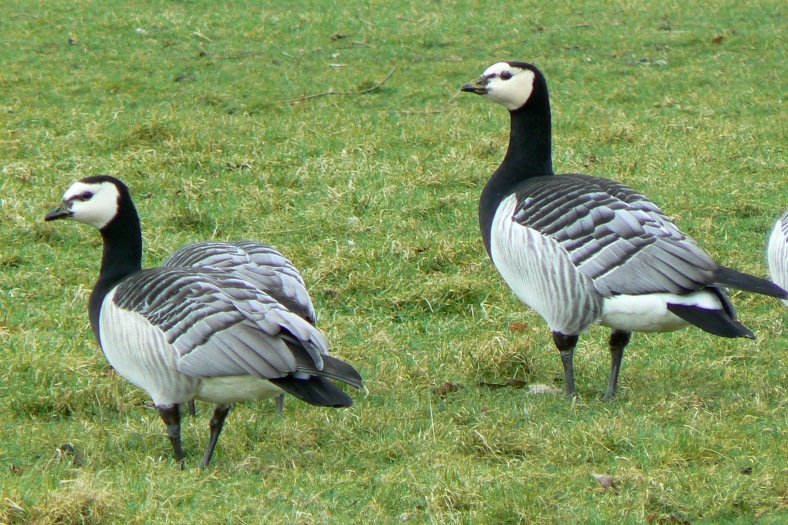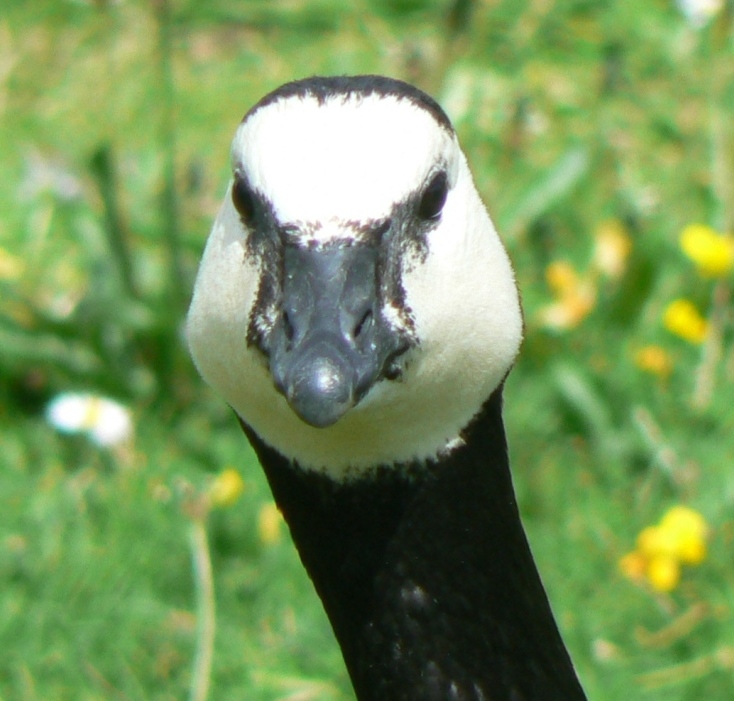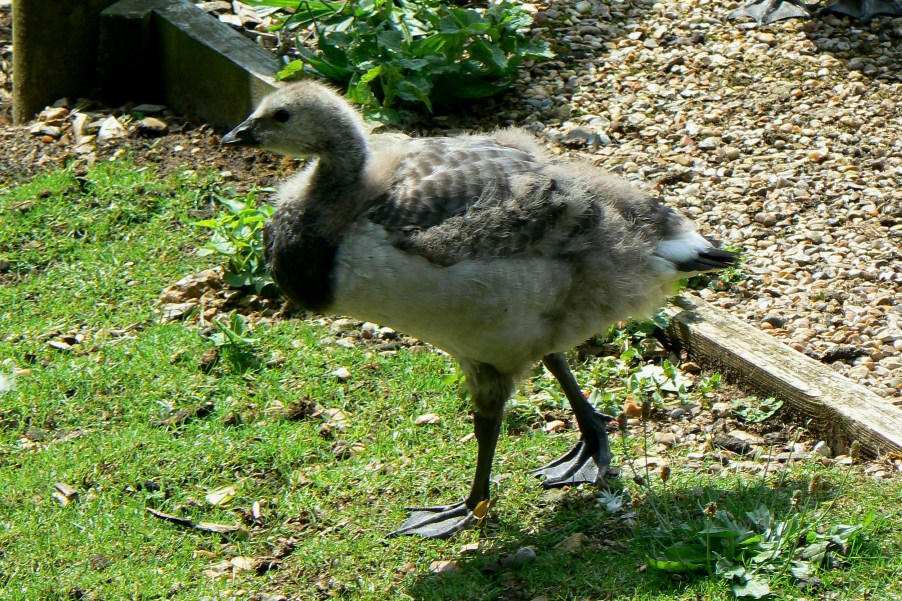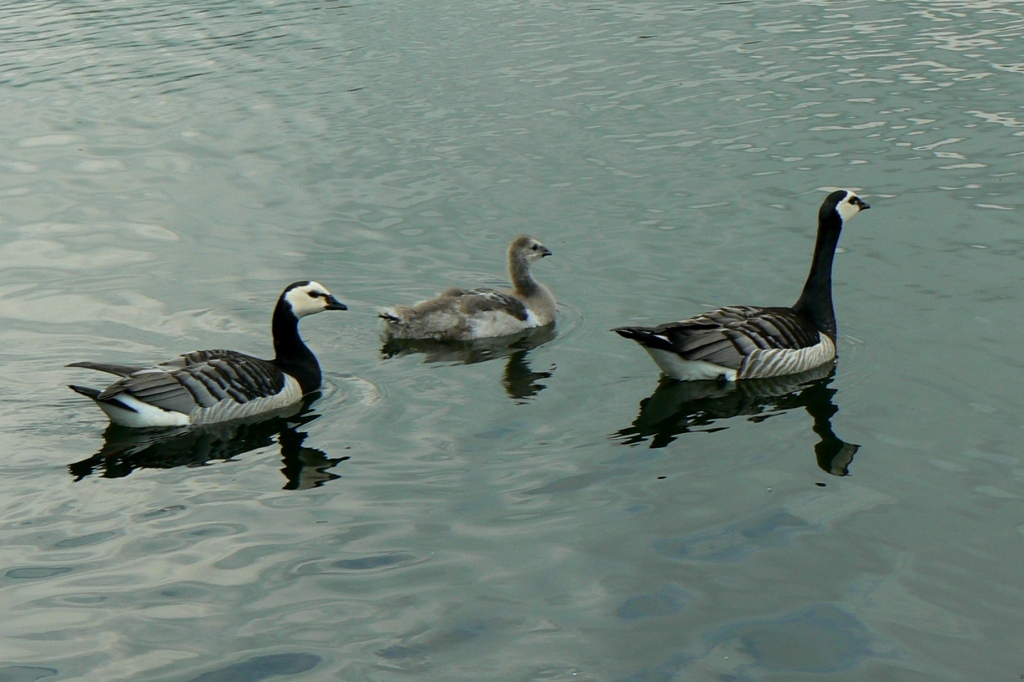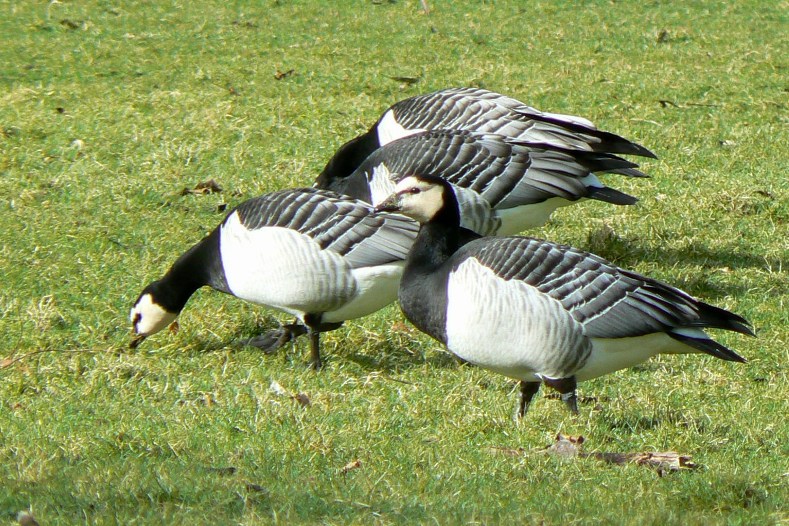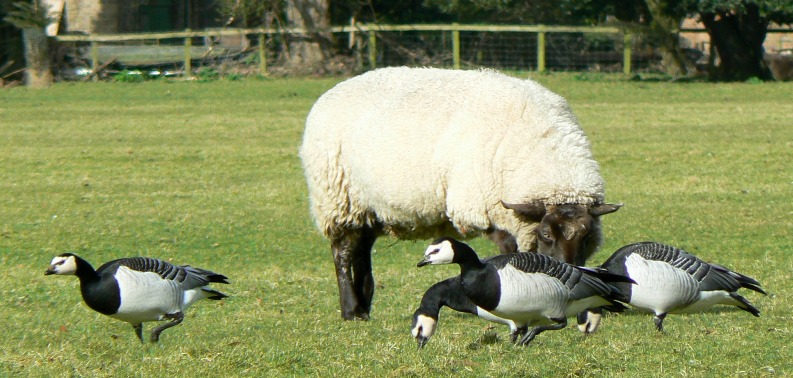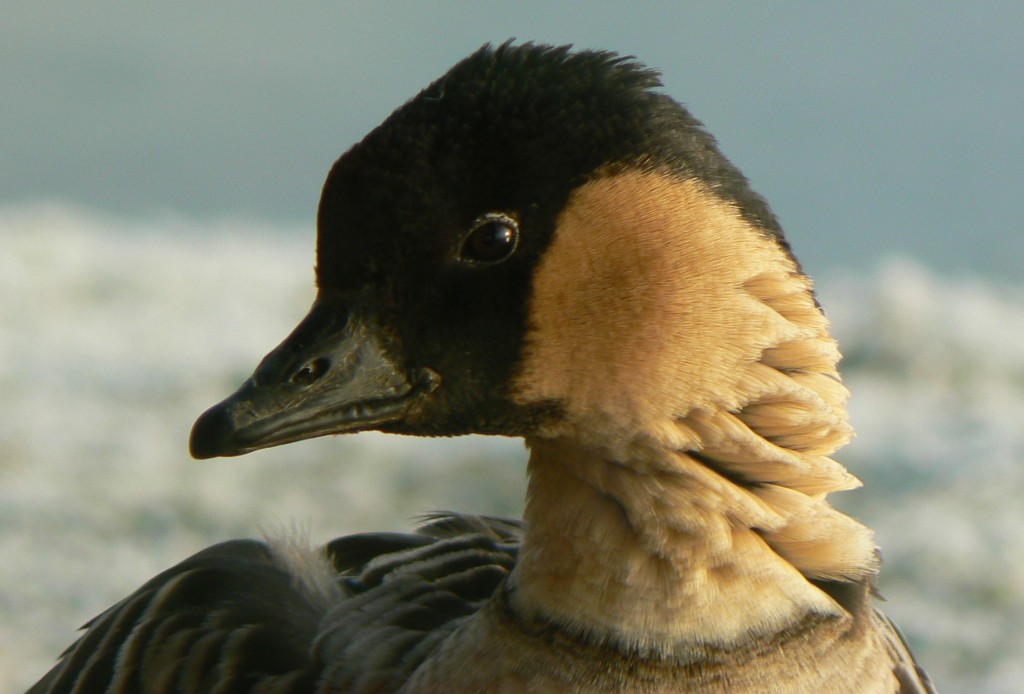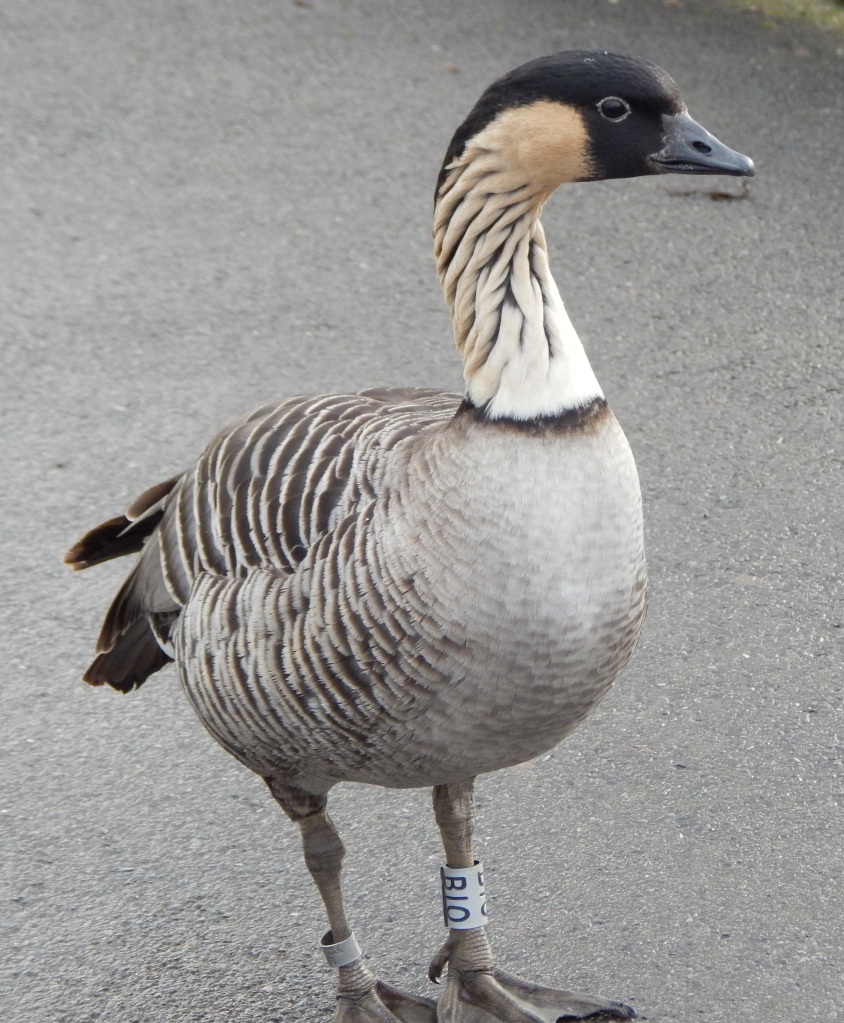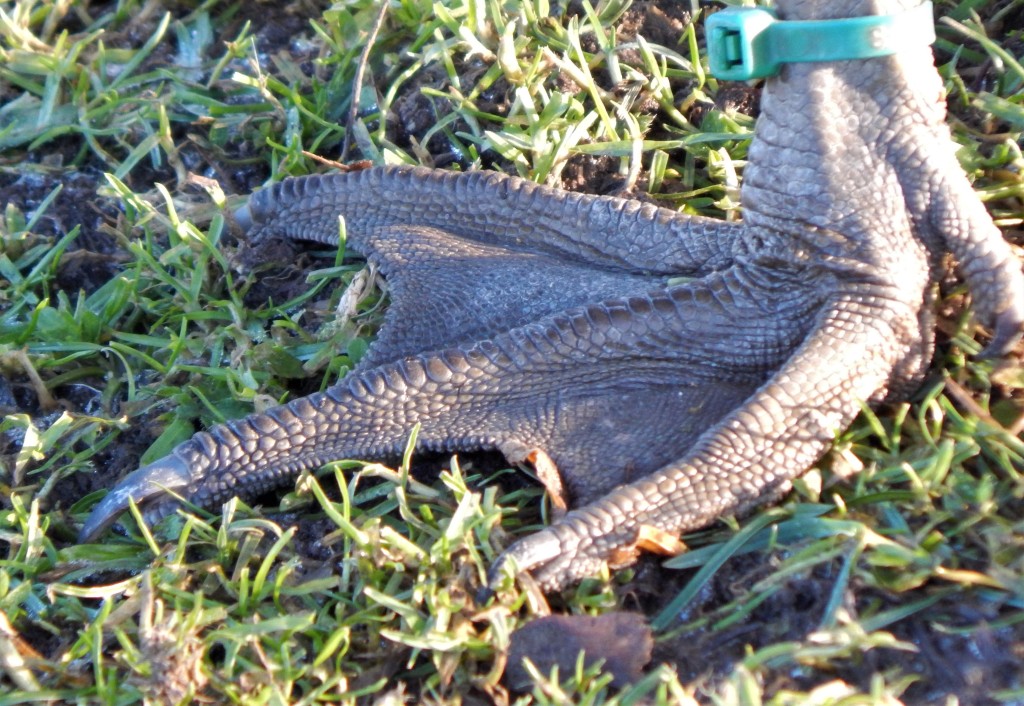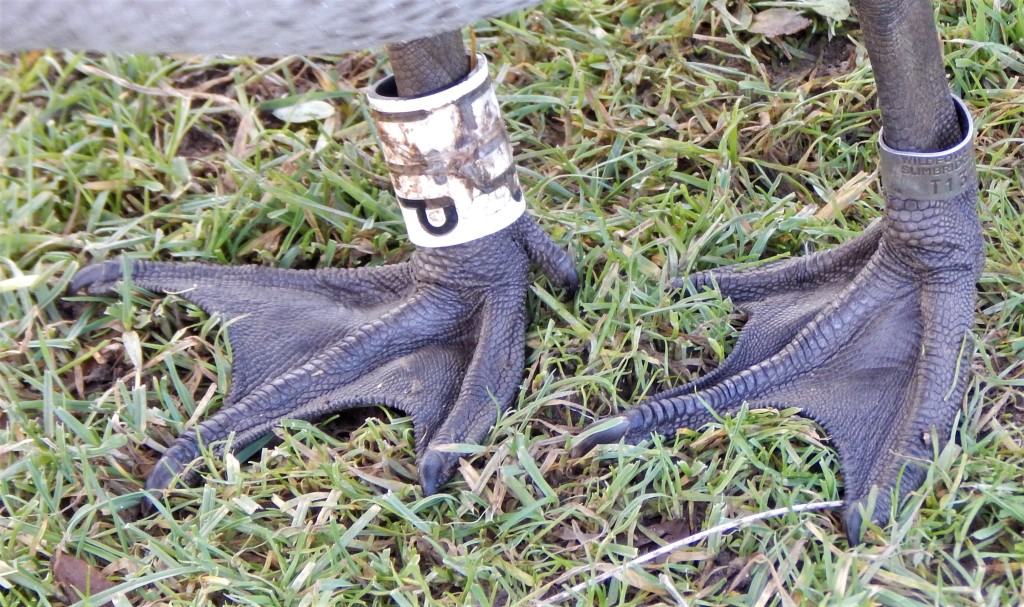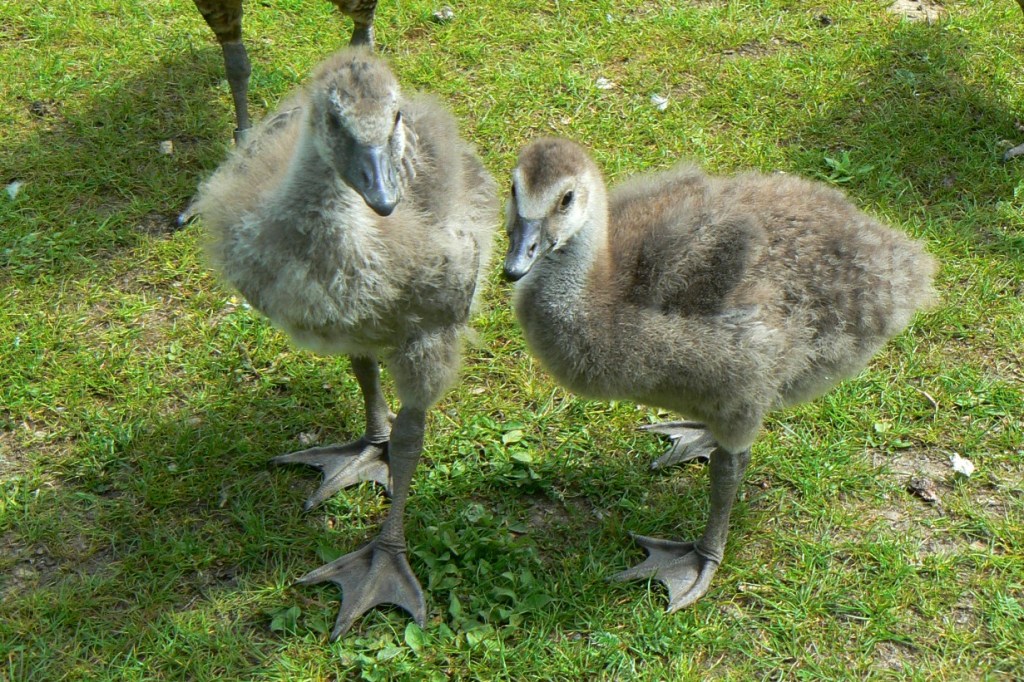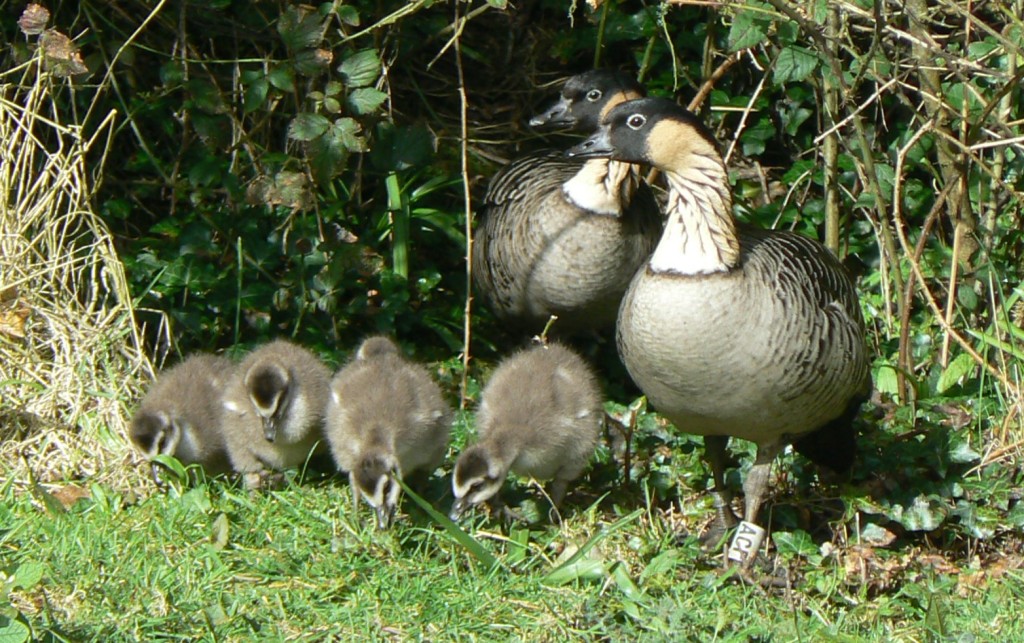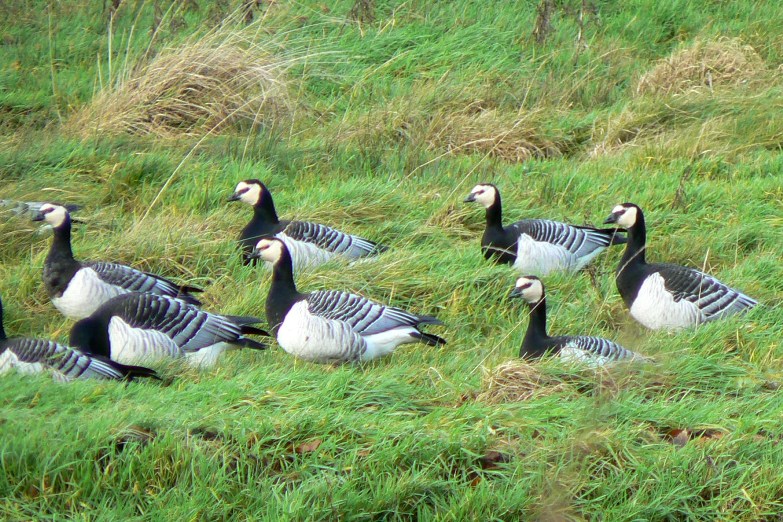
[313] Semibalanus balanoides, Northern Acorn Barnacle
Patella vulgata, Common European Limpet
Introduction
Semibalanus balanoides, the Northern Acorn Barnacle, and Patella vulgata, the Common European Limpet or Common Limpet, are two unrelated animals that are aften found together at the seashore clinging to rocks below the high-water mark. They are not in the same phylum but have very similar lifestyles and may live on top of each other.
Because they are unrelated animals I will do a two part blog, keeping the two species separate.
[A] Taxonomy – Barnacle
Kingdom – Animals
Phylum – Arthropods
Subphylum – Crustacea (Crabs, lobsters, shrimps, woodlice, barnacles and others)
Class – Maxilopoda (Barnacles and others)
Infraclass – Cirripedia (Sessile and parasitic barnacles)
Superorder – Thoracica (Sessile barnacles including stalked barnacles)
Order – Sessilia (Acorn Barnacles)
Family – Archaeobalanidae
Subfamily – Semibalaninae (Only one genus)
Genus – Semibalanus (Two species)
Scientific Name – Semibalanus balanoides
[A] Name – Barnacle
The expression ‘acorn barnacle’ can apply to this species or all of the taxonomic levels up to the order Sessilia. They do look a bit like acorns. Barnacle comes from a Mediaeval Latin word meaning ‘limpet’ derived from a word meaning ‘rock.’
Both parts of semibalanus balanoides come the Latinized Greek Balanus meaning an acorn. There was already a genus of acorn barnacles called Balanus, so this one is just half an acorn!
[A] Barnacles in General (Sessilia)
Barnacles are not what you expect them to be. They are arthropods and it may help if you imagine them as like small insects. But they are actually crustaceans so they are more closely related to crabs and lobsters than to insects.
Like insects they develop through a series of moults. They start as a nauplius (plural nauplii) which has a head and a sort of tail but no thorax or abdomen. The first stage may be brooded by the parent but then it becomes a free-swimming sea organism, passing through five instars.
The next stage, a cyprid, is a short-living, non-feeding stage with the sole aim of finding somewhere to settle. It seeks out a suitable location using its antennae, becoming less selective as its limited reserves of energy run out. Eventually it uses glands next to its antennae to cement itself to a rock and undergoes its next moult turning into an adult sessile acorn barnacle. They are able to find locations near to other barnacles.
The adult barnacle develops hard protective plates to protect itself and it stays cemented to the rock or other location. (Some species attach themselves to whales.) They have a head and thorax with little or no abdomen. The head has vestigial antennae by the cement glands and minimal eyesight. The legs, called cirri (singular cirrus) are long and feathery, used to filter and move the food.
They continue to grow and the protective plates get larger.
Sexual reproduction can be difficult as they do not move. The penis can be eight time the size of the body and it degenerates after use. A new one can be grown the next time it is needed.
[A] Semibalanus balanoides
Semilbalanus balanoides is common and widespread in the intertidal zones of Northwest Europe and Northern America. (The other species of Semibalanus is found on the coasts of the Northern Pacific.)
It has six hard plates surrounding an operculum, a trapdoor-like mechanism. When submerged the operculum opens and the feathery cirri emerge.
When the tide retreats the operculum closes and the hard shell looks vaguely like the shell of an acorn. Its diameter is about one or two centimetres.
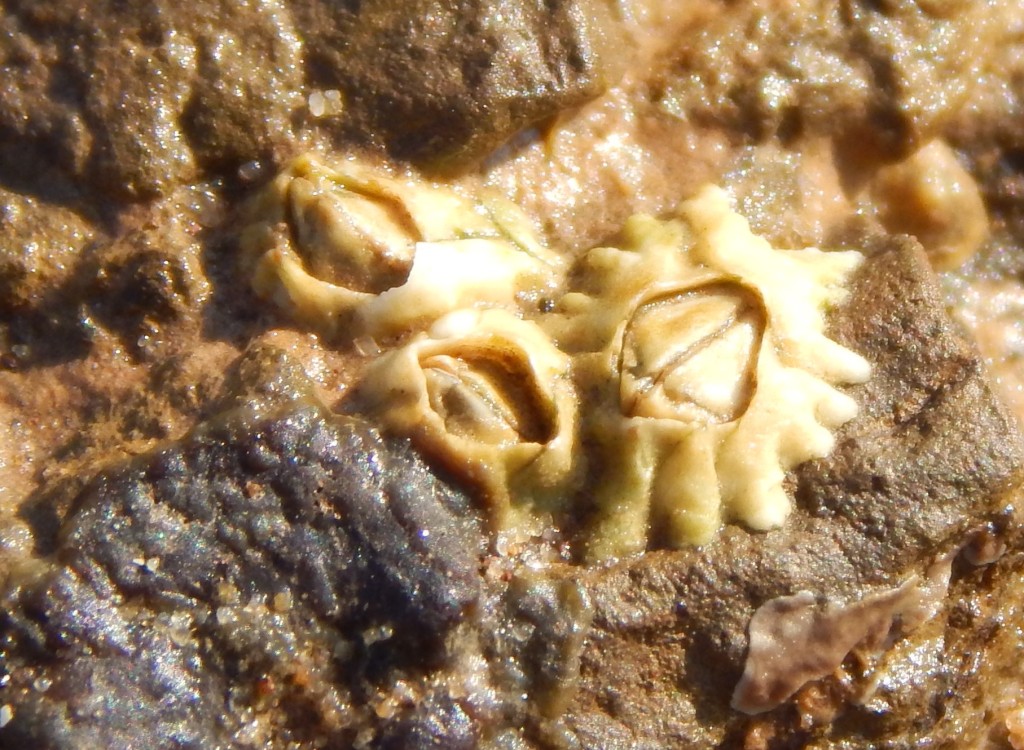

They are found in colonies, sometimes with limpets.

[B] Taxonomy – Limpet
Kingdom – Animals
Phylum – Molluscs
Class – Gastropods (Slugs and Snails)
Clade – Patellogastropoda (True Limpets)
Superfamily – Patelloidea (One Family)
Family – Patellidae
Genus – Patella
Scientific Name – Patella vulgate
The clade Patellogastropoda is sometimes treated as an order.
[B] Name – Limpet
Limpet is cognate with Lamprey, a primitive fish which is very different. The word limpet is used informally for many organisms with similar appearance and habits, many of which are not closely related to ‘true limpets.’
The Latin Patella (also used for the kneecap) means a small pan or dish. Vulgatus means common.
[B] Limpets in General (Patellogastropoda)
A limpet is nothing like a barnacle, although they may live together and look superficially similar. They look a bit like shellfish but are actually snails. They have cone-shaped shells.
Limpets can and do move but when the tide goes out, they hold fast to the rocks, often returning to the same spot. When out of water a limpet will not let go. it will allow itself to be broken rather than move.
[B] Patella vulgata
Patella vulgata is common and widespread in European waters.
Unless you seek them out under water, they will be firmly attached to intertidal rocks in a way that only the shell is visible.

Limpets eat algae by scraping them from rocks and they use a structure called the radula that acts like a tongue.
The radula of Patella vulgata is longer than its shell and contains 2 000 teeth arranged in rows.
Limpet teeth are made of the strongest known natural material, stronger than spider silk.
Other Notes
You often see these species together.

The limpet shell even makes a suitable substrate for barnacles.
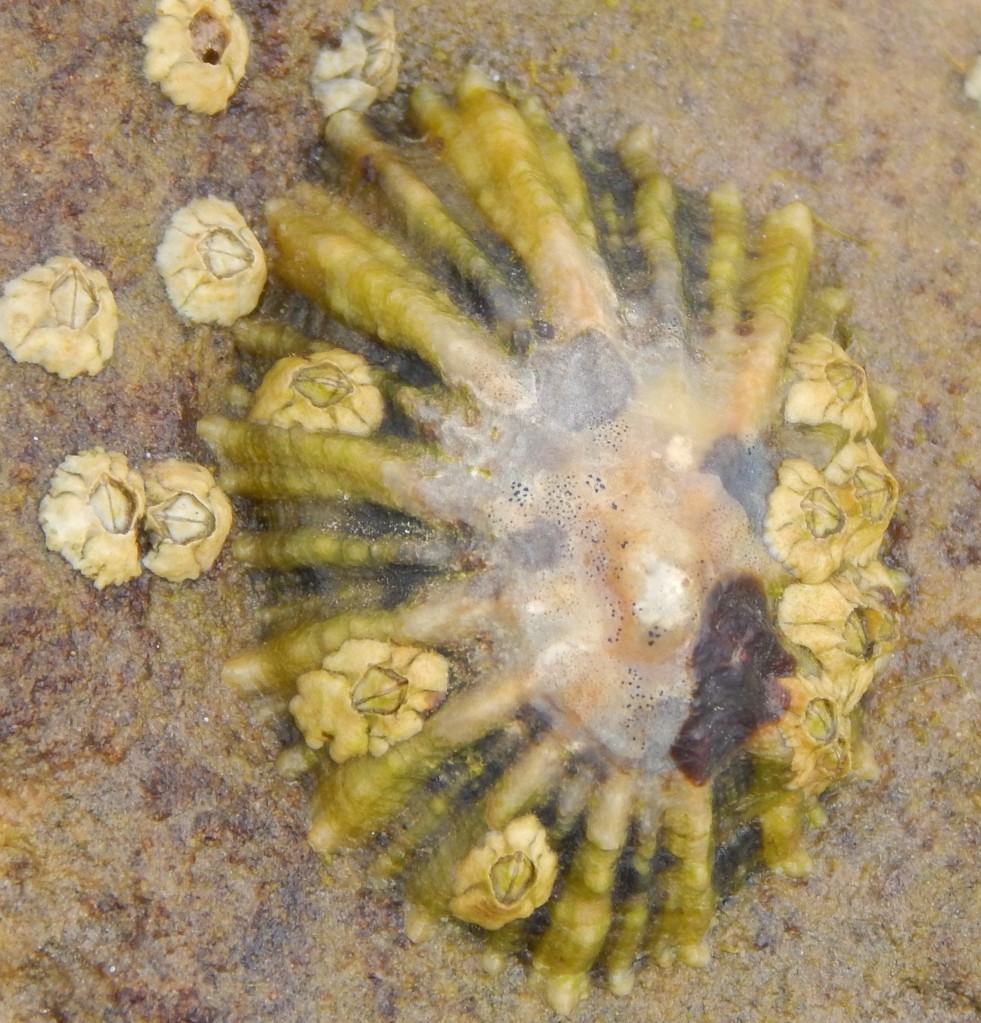
Perhaps the reason why these two are superficially similar is that we don’t actually see either of them. We only see the shells.
See also
The species from which [056] the Barnacle Goose received its name is not a sessile barnacle. It’s a goose barnacle, a much larger species of organism that forms a stalk to attach itself to its rock.


